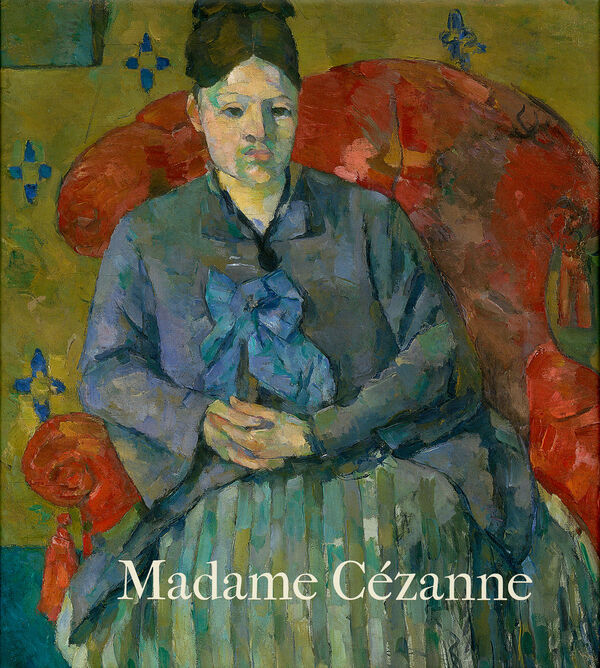Contact
art book cologne GmbH & Co. KG
Deutzer Freiheit 107
50679 Köln
Germany
Opening hours (office and showroom):
Monday to Friday 8 – 17
info@artbookcologne.de
Phone: +49 221 800 80 80
Fax: +49 221 800 80 82
About us
art book cologne, founded by Bernd Detsch in 1997, is a wholesale company and specializes in buying and selling high quality publications in art, art theory, architecture, design, photography, illustrated cultural history and all related subjects internationally. Our team includes specialists in art, culture, music, book trade and media but in spite of our diversity we have one common ground: the enthusiasm for unique art books.
We purchase remaining stocks from museums, publishers and art institutions. We sell these remainders to bookstores, museum shops, and art dealers all over the world.
Madame Cézanne
| Publisher | Yale University Press |
| Year | 2014 |
| Cover | Cloth with dust jacket |
| Language | English |
| ISBN | 978-0-300-20810-8 |
| Pages | 240 |
| Weight | 1238 g |
| More | |
| Author(s) | Dita Amory |
| Article ID | art-55367 |
A new account of Cézanne’s complex relationship with his wife, who served as the subject of some of his most iconic portraits
Paul Cézanne’s (1839–1906) portraits of Hortense Fiquet (1850–1922), his wife and the subject of some of his iconic portraits, rank among the most powerful of their kind in French modernism. Yet, posterity has not been kind to Madame Cézanne. She was called a distraction, blamed for her husband’s “lackluster” landscapes, and disdained for her impenetrable expression in the paintings. The reality is more complex, for while Fiquet may not have been the passion of Cézanne’s lifetime, she was a willing accomplice, as model, mother of his only son, and unwavering partner against all odds.
Madame Cézanne examines this unique relationship as it looks at Cézanne the painter, draftsman, and portraitist. Featuring 24 of Cézanne’s oil portraits of Fiquet and most of the known drawings, Madame Cézanne both reevaluates, with insight and compassion, the long-held misconceptions about the Cézannes’ unconventional marriage, and shows how Cézanne’s portraits of his wife provide a lens through which to better understand his overall technique.

